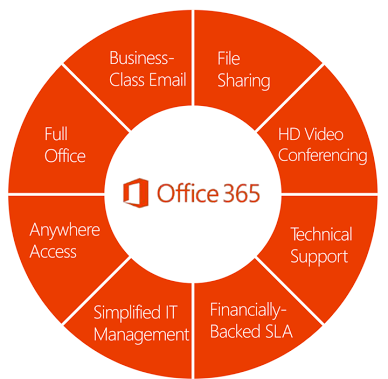Accelerate O365 Data Migration Speed
Slow O365 migration throughput is not an uncommon issue. For email migrations to Office 365 a common constraint is the speed (throughput) of migrating (ingesting) data into the new O365 Tenant. This blog post examines this constraint, and offers some recommendations on how you can import mail to Office 365 quickly.
Importing mail to Office 365 is Slow
For all the successful Office 365 email migration projects I have been the lead consultant on, a crucial factor is the speed of importing the data to O365. Microsoft throttle how much data can be imported over any period of time into Office 365. This is to protect the performance of the service for all their customers, as O365 is a shared platform. This becomes a key consideration for your O365 Migration Strategy, as you may have 10TB of mail data to migrate into one O365 Tenant. Read my blog article that covers the overall Approach to Office 365 Migration. The migration speed will determine what migration scheduling options you have.
Faster O365 Migration Throughput Options
For my O365 email migration projects, I have used the following options to achieve the fastest possible O365 migration throughput. They are listed in no particular order, and are meant as an overall guide for you to try some.
Log a call with Microsoft to relax throttling
Use the O365 Portal to log a support request, and ask Microsoft to relax throttling and latency for your migration period. This only takes 10 minutes to raise the Support Request, and is free.
Use multiple migration servers
If using a 3rd Party tool, use multiple migration servers, using different O365 migraton accounts. This will avoid the limit of concurrent powershell sessions per account. An example of this would be for a Domino to Office 365 migration using the Quest migration tool.
Increase internet bandwidth
Check your internet connection – is it heavily utilised ? Can it be made faster for the migration. Often this is overlooked until someone realises the internet link is 95% utilised all the time!
Migrate less data
You may be able to decide to migrate less email, which will speed up the migration! Check the compliance requirements, but if you can migrate only the last 12 months of of email, then this will save you time.
Smart Migration Strategy
This is my favourite for my email migration projects. Adopt a Migration Strategy that does a 2-pass email migration based on date filter. Migrate all mail older than 2 weeks initially, and then the rest of the data a week later. You need to plan this carefully, and your migration method/tool may not allow this. But user communications can be used to negate slow O365 throughput – just tell the users they have to wait for their email – just ensure they can see it in the meantime.
PST migration
If you migrate your old mail to PST files first, then you can use the new Azcopy PST upload tool to copy PST files to temporary Azure storage, and from there, into the target O365 mailboxes. Although a 3 step process, this will get you the most rapid O365 migration throughput comparatively. I have used this method myself successfully for an Exchange On-Premise migration to O365.
O365 Migration Throughput Conclusion
There are other options available. Please get in touch to discuss your Office 365 migration project. I can help you succeed with the fastest possible migration throughput for your scenario. With the right choices, you can save a heap of time for your email migration project, by getting the best migration throughput possibe.



